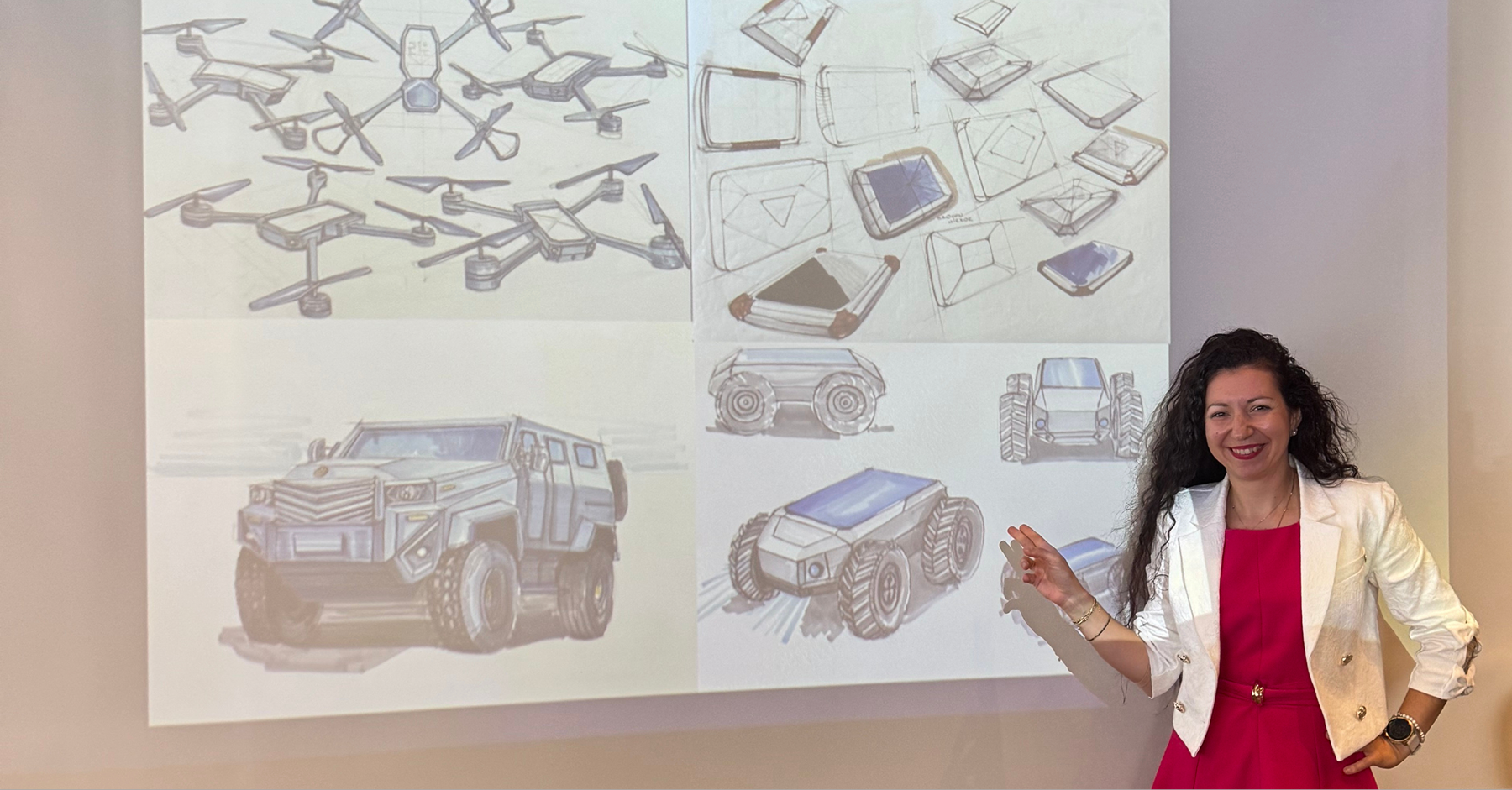Futuretech
Real Estate
MedTech
Security & Insurance
The Playbook of Accessible Design for Business Owners


The user journey isn’t meant to be an Odyssey to a distant homeland-a trek filled with mythical challenges, each more frustrating than the last. It’s better experienced as a smooth, effortless cruise with VIP treatment. Ideally, users reach their goals feeling smarter, more capable, and pleasantly surprised at how easy it all was. They leave feeling empowered, not exhausted.
But more often than not, the user journey does turn into an epic Odyssey. Only it plays out more like a UX horror story: instead of transforming users into heroes, it traps them in a rollercoaster of distorted navigation, dead-end pages, misleading links, and abandoned forms. The only monsters? Bad design decisions. The only escape? The back button.
So how did we get here? And more importantly-how do we fix it?
Let’s go back to the beginning-and unravel what a user journey is really meant to be.
A user journey is the series of steps someone takes as they interact with your brand - from first click to final action. Sometimes it’s linear. Often, it’s anything but.
Mapping user journeys is how teams uncover friction, clarify goals, and build smarter, smoother experiences. It’s not about flowcharts. It’s about helping real people succeed - quietly, confidently, and quickly.
You’ve seen it before, maybe even as a user: you land on a page, click around cluelessly, get entangled in confusing signals while finally you hit a dead-end, then bounce. You were interested. They had your attention. But somewhere along the path, you got lost.
Most businesses don’t lose customers because of bad products. They lose them because of confusing, inconsistent, or incomplete experiences. And in a digital-first world, those micro-frictions add up fast.
When users get stuck, distracted, or disappointed, they no longer complain. They just leave. And your ROI leaves with them.
Journey mapping is the act of tracing real user behavior - from first interaction to final outcome - and using that insight to design better paths that lead to satisfied and loyal customers.
It’s about:
Seeing your product the way a new user sees it
Spotting patterns in where people drop off
Building flow, trust, and momentum into the experience
Whether it’s a software dashboard, eCommerce site, B2B service portal, or a mobile app - user experience journey mapping bridges the gap between intention and action.
Done right, it aligns product, design, marketing, and sales around one question: What’s the next best step for the user?
Senja, a SaaS platform for testimonials, had plenty of sign-ups but users weren’t activating.
Turns out, the real problem was a clunky, one-size-fits-all onboarding.
They redesigned it to ask about user goals upfront, focused each screen on one clear action, and showed example testimonials right away.
The result? Activation doubled. MRR jumped from $0 to $33K.
A simple shift in onboarding made all the difference without the need of full redesign.
Start simple. Focus on five key stages:
Arrival – Where users land and what they expect to find
Orientation – Can they quickly grasp what’s possible?
Challenge – What action or decision must they make?
Support – Are there cues, help, or proof to reduce friction?
Reward – Did they accomplish their goal? Was it worth it?
Look for data, not just assumptions:
Mapping user journeys isn’t just about drawing pretty paths. It’s about diagnosing what’s broken - and fixing it before the user even knows something was wrong.
When users understand what to do and feel supported doing it, they trust you. They return. They advocate.
Streak, a CRM tool, improved onboarding by simplifying the data import flow. Result: new user imports increased by 110%.
Ausmed, an e-learning platform, redesigned its onboarding to guide users through five clear steps. Activation jumped from 15% to 75%.
Medium optimized its sign-up funnel with tighter messaging and fewer steps. Onboarding conversion tripled-from 8% to 24%.
Good journeys don’t just feel better. They perform better.
Most broken experiences don’t start with bad intentions. They start with assumptions.
Mapping the user journey is how teams stop designing from the inside out and start designing for real people, with real needs.
If your users are dropping off, going silent, or calling support more than they should, it’s probably not the product. It’s the path.
And the best way to fix it? Start walking in their shoes.
Need help in doing so? Get in touch with us here.




Our friendly team would love to hear from you.
By submitting this form you agree with our Privacy Policy



